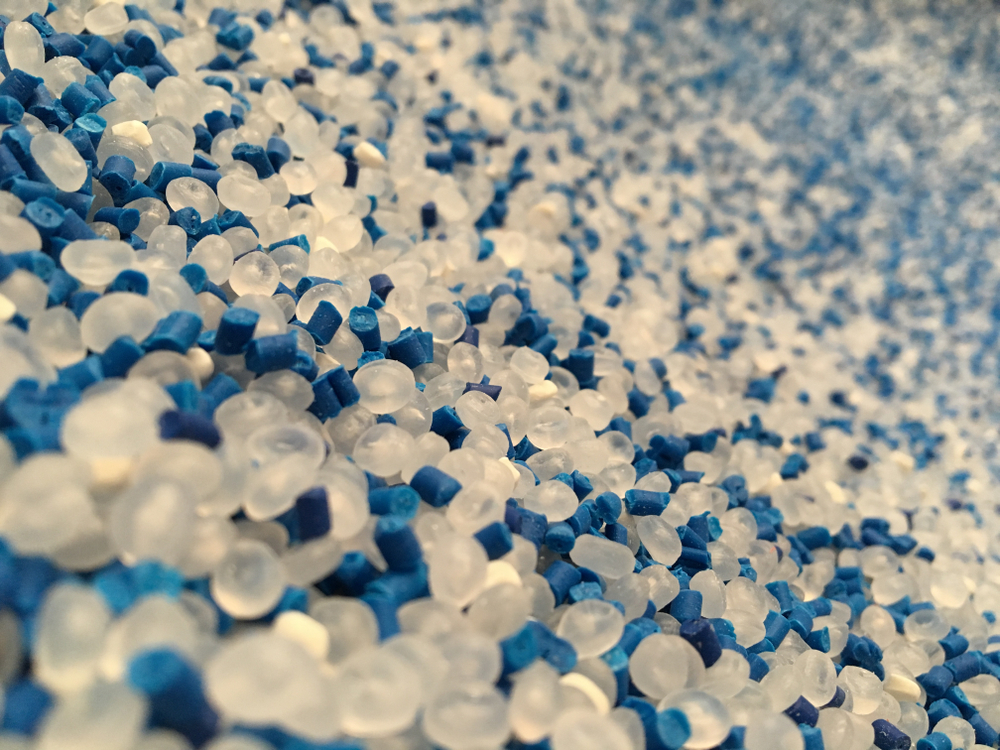
Expanded vs Extruded Polystyrene: How are they dif...

It is known commonly that Expanded Polystyrene (XPS) is lower in cost than Extruded Polystyrene (EPS). It is not all about the cost when choosing the right material for your project. Ready to be one step closer to choosing the perfect one for you? Through this article, you will know the answers to all the questions that can rotate around your head:
- What are the main differences between expanded polystyrene (XPS) & extruded polystyrene (EPS)?
- What are the advantages & disadvantages of each of XPS & EPS?
- What are the common applications for each of them?
- What are the main applications for XPS & EPS?
- How can you maximise the benefits of using PS for food packaging?
Let’s get started.
What are the main differences between (EPS) & (XPS)?
Expanded polystyrene is considered one of the thermoplastic foam materials. It is manufactured from solid beads of PS (polystyrene).
The main process for XPS production is "gas expansion." The gas is trapped through heating inside PS beads. It is worth mentioning that XPS production has a low environmental impact.
Extruded polystyrene is a foam material that is produced from solid PS crystals.
Regarding the production process, EPS is manufactured by extruding a thick, hot fluid of PS crystals.
Therefore, the critical difference is that expanded PS is produced from solid beads, while extruded PS is produced from solid polystyrene crystals.
When it comes to density, extruded polystyrene is denser than expanded polystyrene.
XPS Density: 2.18 lbs.
EPS Density: 0.93 lbs.
What are the advantages & disadvantages of each of EPS & XPS?
Expanded Polystyrene:
Expanded polystyrene has a lot of advantages to consider, such as:
It is lightweight; almost 98% of this material is air.
EPS transportation is cost-effective.
It is rigid and has a closed cell structure.
It has perfect thermal insulation.
EPS disadvantages:
- It is flammable.
- It has health concerns, especially when it is used for food packaging.
- It has no resistance to organic solvents.
Extruded Polystyrene:
You can depend on XPS, as it has many pros, such as:
XPS mixtures melt under controlled conditions, like pressure from high temperatures.
It can be shaped easily to any desired shape.
It has exceptionally smooth skin & closed-cell structure.
It has perfect resistance to moisture.
It can be stored outdoors.
It has superior chemical resistance.
XPS Cons:
It is a less environmentally friendly insulator.
The main reason is the chemical processing required during the manufacturing of this material.
XPS is not the most affordable insulator on the market.
What are the main applications for XPS & EPS?
Here are the most common applications for extruded polystyrene (XPS):
- Constructions
- Engineering applications
- Refrigeration & cool rooms
- Houses & commercial applications as an insulation.
Here come expanded PS applications; these are the most common EPS products:
- Walls, floors, and roofs
- Food packaging products such as cups, containers, and food trays
- Building & construction
- Helmets
- Chairs
How can you maximise the benefits of using PS for food packaging?
There are many properties of PS that make it perfect for food packaging:
- It is FDA-approved.
- Most PS containers are recyclable.
GAP Polymers grade "PS330" is highly recommended for food applications.